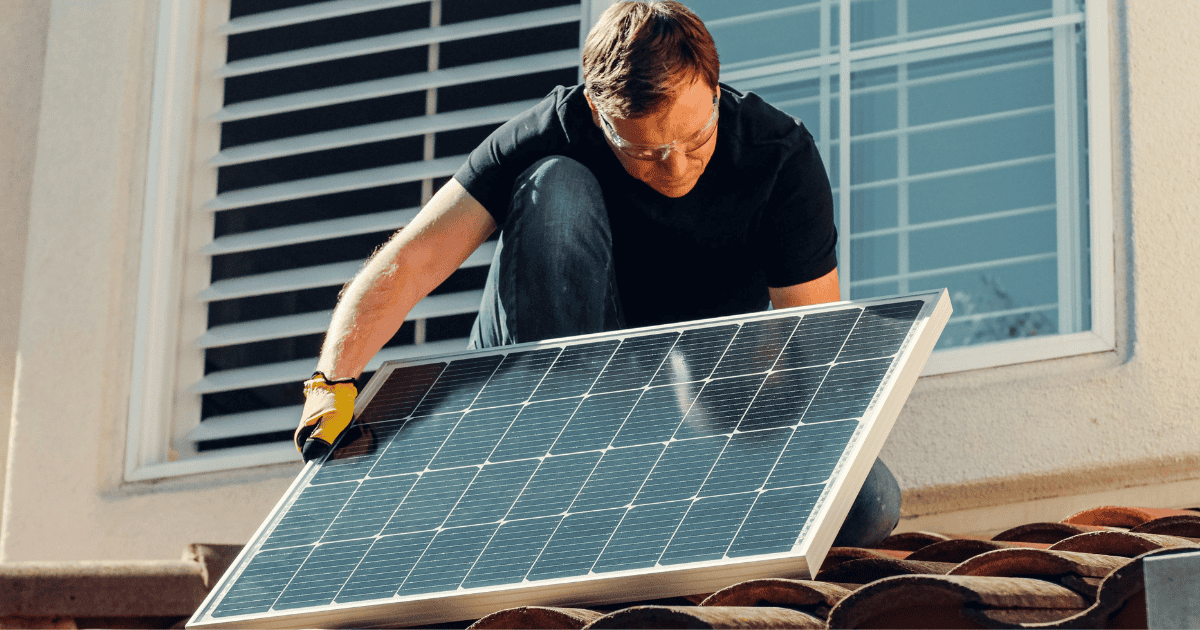With the rise of green technology, more homeowners than ever are considering solar panels as a viable option to decrease their carbon footprint and slash their utility bills. However, the initial investment in solar technology can be substantial. Understanding the solar payback period—the time it takes to recoup the cost of your initial investment through energy savings—is essential to determine whether solar is the right choice for your home.
What is the Solar Payback Period?
Breaking Down the Solar Investment
The solar payback period is a calculation used to estimate how long it will take for the savings from your solar panels to equal the total costs incurred from purchasing and installing them. This period is influenced by several factors, including system cost, available rebates and incentives, and the cost of electricity.
Why It Matters
Knowing the payback period can help homeowners make informed financial decisions about solar investments. It provides a clear timeline for when they can expect to see net savings, which is crucial for budgeting and future financial planning.
Calculating Your Solar Payback Period
Step-by-Step Guide
- Total Installation Costs: Begin by adding up all expenses related to the installation of your solar system. This includes the panels, inverter, mounting hardware, and labor costs.
- Subtract Incentives: Deduct any government rebates, tax incentives, or utility rebates from the total installation cost to get the net system cost.
- Estimate Annual Savings: Calculate how much you will save annually on your electricity bill. This can vary based on your location, the efficiency of your panels, and your household energy usage.
- Do the Math: Divide the net system cost by the annual savings to determine the payback period. For example, if your system costs $18,000 after incentives, and you save $1,800 annually on energy, your payback period would be 10 years.
Formula for Clarity

Real-World Example
Imagine a homeowner in California installs a solar panel system costing $25,000. After applying a 30% federal tax credit and other state incentives, the net cost drops to $15,000. If the system reduces the electricity bill by $1,500 annually, the solar payback period would be:

Factors Influencing the Payback Period
Cost Variables
- System Costs: These can vary significantly based on the size of the system and the specific technology used.
- Incentives: Tax credits, rebates, and other incentives can reduce upfront costs substantially.
Savings Variables
- Energy Consumption: Higher energy usage leads to greater savings and a shorter payback period.
- Electricity Rates: In regions with high electricity rates, the savings from solar panels are more pronounced, accelerating the payback period.
Environmental and Additional Benefits
While financial benefits are a significant consideration, solar panels also provide environmental advantages by reducing dependence on fossil fuels and decreasing greenhouse gas emissions. Additionally, they increase property values and can make homes more attractive to buyers who prioritize sustainability.
Making the Decision: Is Solar Right for You?
Assessing Your Situation
Consider your current and future energy needs, the suitability of your home for solar panels, and your long-term living plans. Solar panels typically come with a warranty of 20-25 years, so it’s beneficial if you plan to stay in your home for a while.
Consult Professionals
Before making a decision, it’s advisable to consult with professional solar installers who can provide a detailed assessment and more precise calculations based on your home’s orientation, roof condition, and local weather patterns.
Final Thoughts
Investing in solar energy is not just a financial decision but a commitment to a sustainable lifestyle. While the upfront costs can be high, the long-term savings, environmental benefits, and increase in property value make solar panels a worthwhile consideration for many homeowners.






